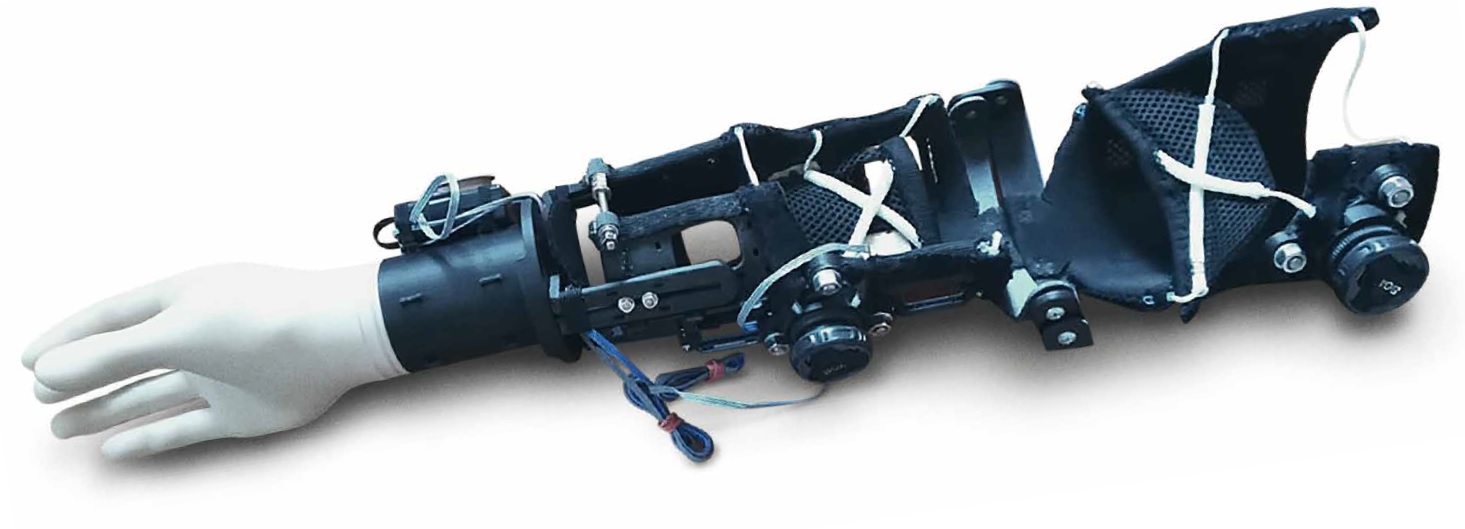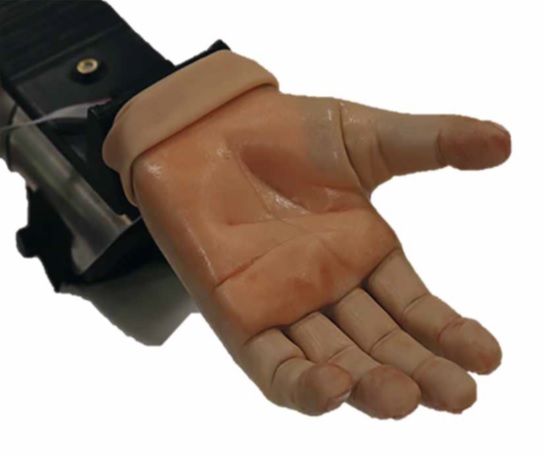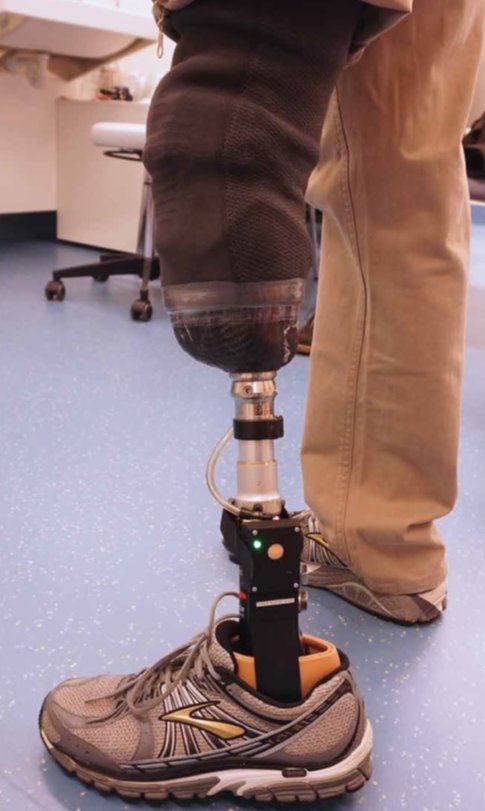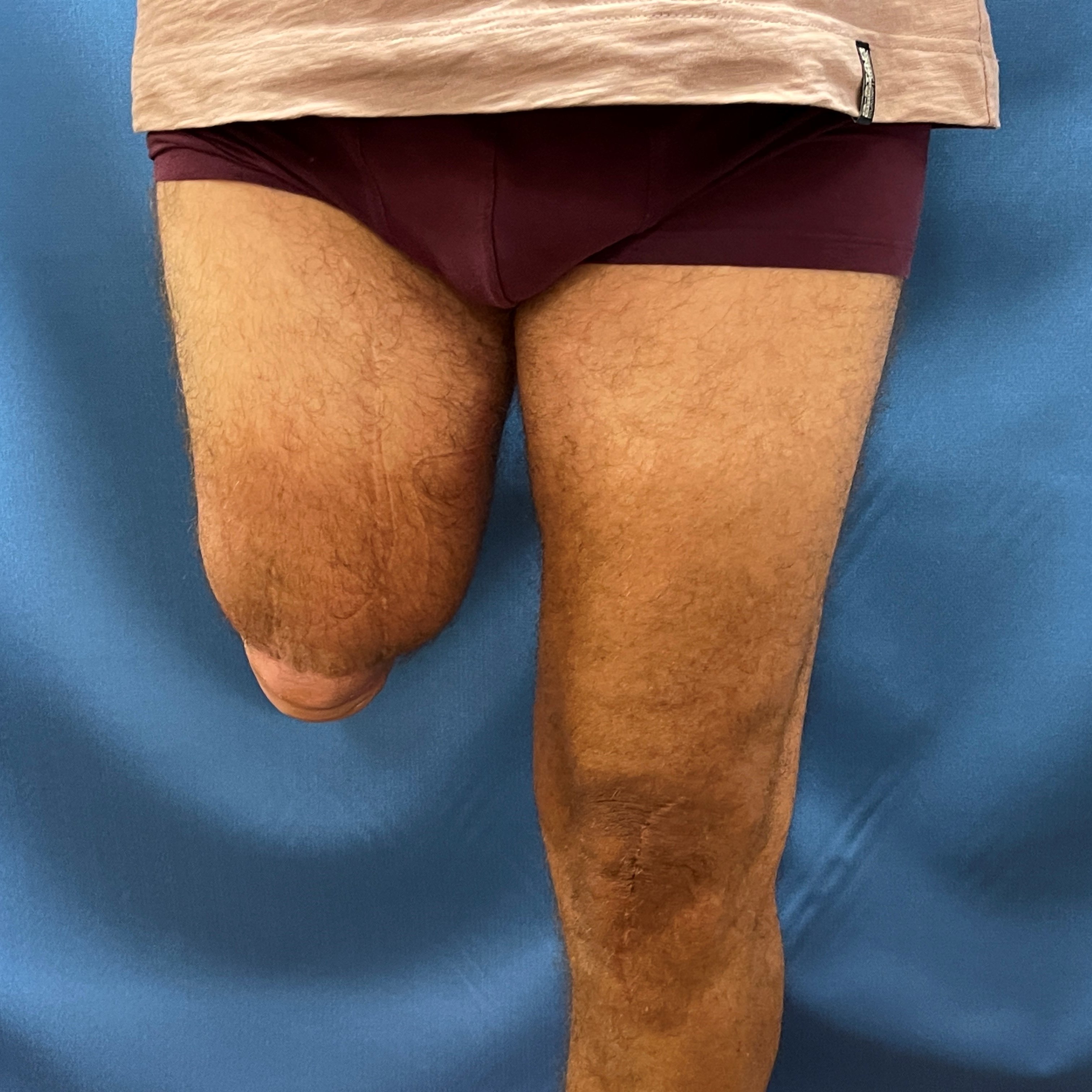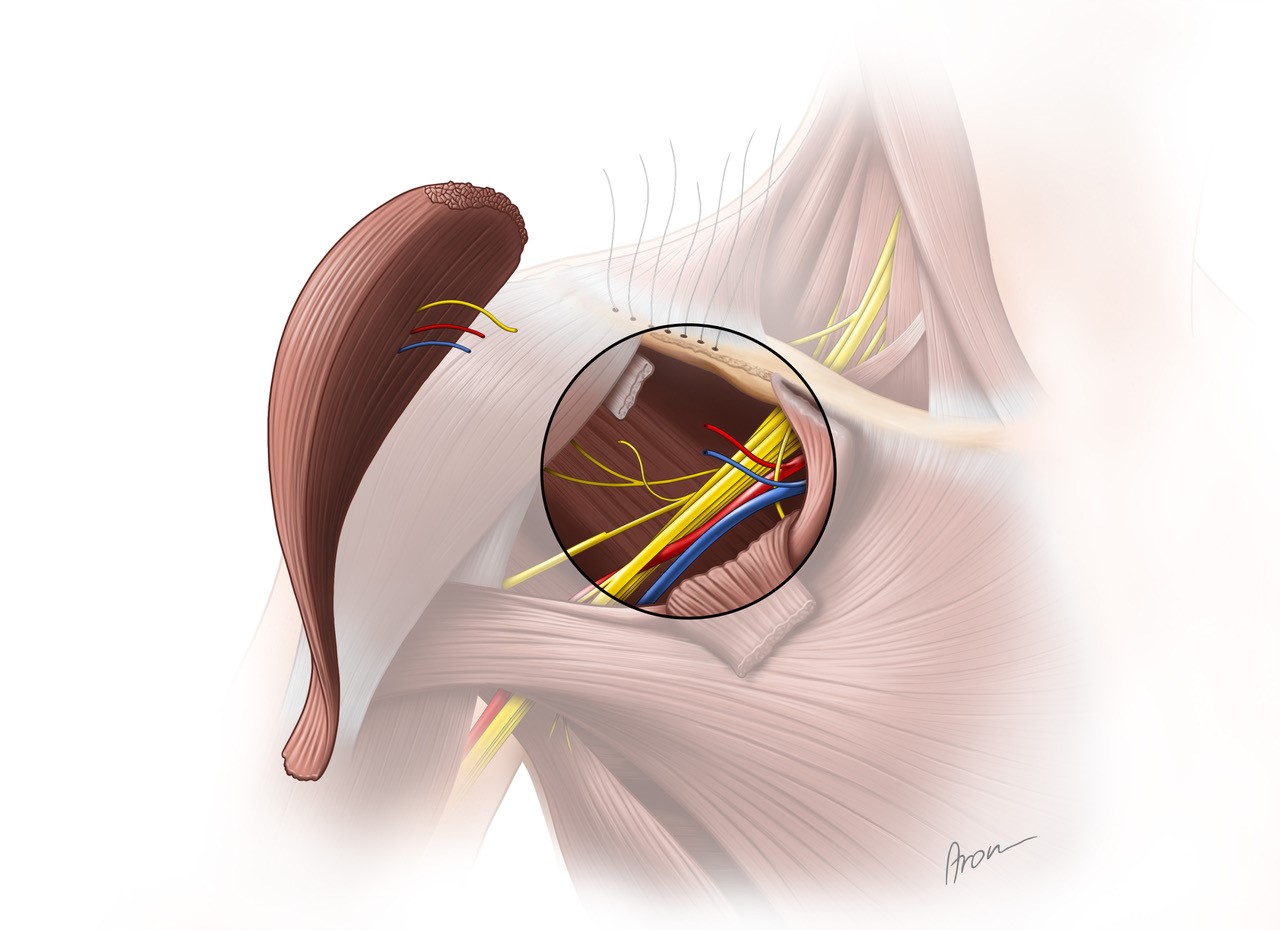Clinical Science Projects
Outcome Research: Enhancing Amputee Care
To enhance our support for amputees, we are currently conducting several studies. These investigate among other things the relationship of actual prosthetic usage to functional outcomes and wearing time, reasons for acceptance/abandonment of the prosthesis, the impact of prosthetic substitution, the tools used to assess quality of life as well as the combination of osseointegration and TMR surgery.
The BeneFit socket: an adjustable temporary socket for a transradial prosthesis
The first month after the amputation has been identified as the optimal time when a prosthesis should be fitted to upper limb amputees in order to maximise their chances for a fast and successful return to their daily life. To better capitalize on this time window and allow for early prosthetic training, we aimed to develop an adaptable temporary transradial socket design capable of multidimensional adjustments. The socket was designed, created and is perceived to be as satisfactory with respect to both user needs and expectations of the experts.
Acceptance and safety of a training with a robotic supernumerary hand in early and subacute periods post stroke: a feasibility study
Access to rehabilitative measures for patients with severe motor impairments in the early phase of rehabilitation after stroke is difficult, but essential for recovery. Therefore, we are collaborating with the Italian Institute of Technology and the University of Genova to explore the potential of the SoftHand X, a robotic supernumerary limb equipped with sensors, as an adjunctive therapy to address the "learned non-use" phenomenon during the initial stages of post-stroke recovery.
Feedback for Leg Prosthesis
As a result of the loss of the body’s own sensory feedback after an amputation, many lower extremity amputees have problems adapting to different terrains. Therefore, we are conducting a study to evaluate the impact of a vibrotactile feedback system on amputees' gait and pain levels in cooperation with University of Applied Science Upper Austria. The participants are provided with prostheses featuring the feedback system consisting of pressure sensors in the insole and vibro-tactile actuators in the socket.
An innovative concept: Preserving Load-Bearing Capacity in Thigh Amputation
We performed an innovative procedure to address the patient's chronic pain and non-functional right knee. Instead of a conventional amputation, we conducted a specialized surgery performing a free, neurovascular transfer of the heel bone and its durable skin to the thigh. This approach enables the patient to bear significantly more weight on the new stump, unlike traditional transfemoral amputations, while preserving sensitivity in the transferred skin.
Restoration of shoulder flexion through a free functional transfer of the gracilis muscle
In cases of chronic brachial plexus lesions or non-repairable axillary nerve damage leading to deltoid muscle palsy, muscle transfers become the only option for functional reconstruction. We have conducted a case series involving three patients, utilizing a free functional transfer of the gracilis muscle to the anterior shoulder. Early results show successful muscle activation through surface EMG approximately five months after surgery, strength increased and two patients, who completed the follow up, regained full flexion of the shoulder suggesting the viability of this novel approach for restoring anterior deltoid function in cases where primary nerve reconstruction is not feasible.


